DIY ant killer garden solutions are essential for any gardener who’s tired of watching these tiny invaders wreak havoc on their precious plants! Let’s face it, ants might seem harmless, but they can quickly become a major nuisance, fostering aphids and tunneling through your soil, disrupting root systems. I’ve been there, battling ant infestations that threatened to undo all my hard work, and I know how frustrating it can be.
For centuries, gardeners have sought natural and effective ways to manage pests, and the quest for the perfect ant deterrent is no exception. From ancient herbal remedies to modern organic solutions, the desire to protect our gardens without resorting to harsh chemicals has always been strong. That’s why I’m so excited to share some of my favorite DIY ant killer garden tricks with you!
This article is packed with simple, affordable, and environmentally friendly methods to help you reclaim your garden from these persistent pests. You’ll learn how to create your own ant baits, barriers, and repellents using ingredients you probably already have in your pantry. Say goodbye to chemical-laden sprays and hello to a thriving, ant-free garden – naturally!
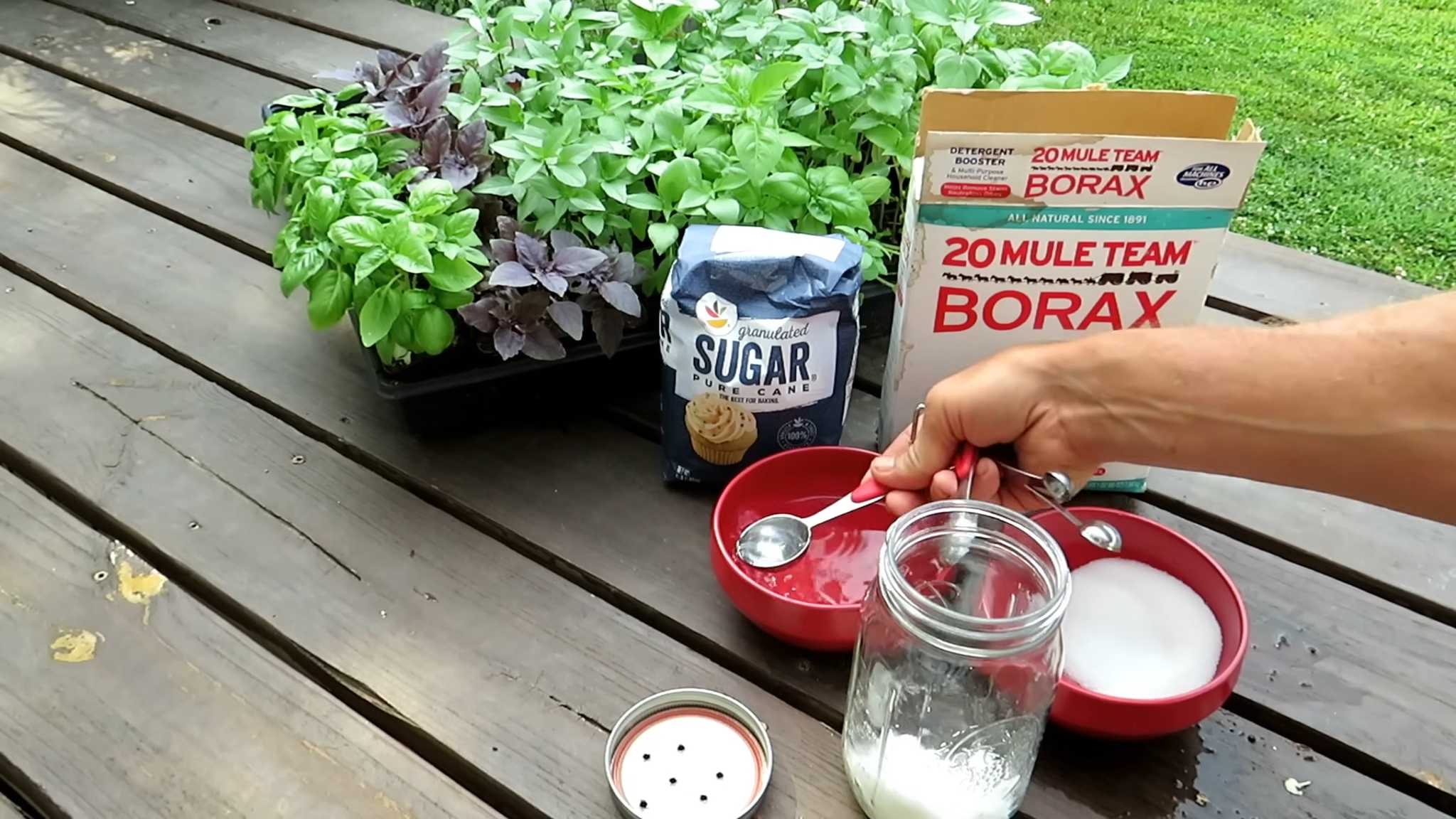
DIY Ant Killer for Your Garden: A Safe and Effective Guide
Hey there, fellow gardeners! Are ants throwing a picnic in your precious garden, munching on your plants, and generally being a nuisance? I totally get it! Dealing with ants can be frustrating, but don’t reach for those harsh chemicals just yet. I’m going to share some tried-and-true DIY ant killer recipes and methods that are safe for your plants, pets, and the environment. Let’s get those ants packing!
Understanding the Enemy: Ant Behavior
Before we dive into the recipes, it’s helpful to understand how ants operate. Ants are social creatures, living in colonies with a queen who lays eggs. The worker ants are the ones you see scurrying around, foraging for food and bringing it back to the colony. Our goal isn’t just to kill the ants we see, but to eliminate the entire colony, including the queen. That’s why we’ll be using baiting methods that allow the worker ants to carry the poison back to their nest.
Baiting vs. Direct Killing: Which Method is Right for You?
There are two main approaches to ant control: baiting and direct killing.
* Baiting: This involves using a sweet or protein-based substance mixed with a slow-acting poison. The worker ants are attracted to the bait, consume it, and carry it back to the colony, effectively poisoning the entire nest. This is generally the most effective long-term solution.
* Direct Killing: This involves spraying or applying a substance directly onto the ants or their nests. While it can provide immediate relief, it often only kills the ants you see and doesn’t address the root of the problem – the colony.
For garden ants, I highly recommend focusing on baiting methods. They’re more effective in the long run and less likely to harm your plants or beneficial insects.
DIY Ant Killer Recipes: My Favorite Formulas
Okay, let’s get to the good stuff! Here are a few of my favorite DIY ant killer recipes that I’ve used with great success in my own garden:
Recipe 1: Borax and Sugar Bait
This is a classic and highly effective ant killer. Borax is a naturally occurring mineral that’s toxic to ants when ingested. The sugar attracts the ants, making them eager to consume the bait.
Ingredients:
* 1 tablespoon Borax (available at most grocery stores in the laundry aisle)
* 3 tablespoons sugar
* 1 cup warm water
* Cotton balls or small containers (like bottle caps or shallow dishes)
Instructions:
1. Mix the ingredients: In a bowl, dissolve the sugar in the warm water. Once the sugar is completely dissolved, slowly add the Borax and stir until it’s fully incorporated.
2. Prepare the bait stations: Soak cotton balls in the Borax solution, or pour the solution into small containers.
3. Place the bait stations: Place the bait stations near ant trails, entry points, or areas where you’ve seen ant activity. Make sure to keep them out of reach of children and pets.
4. Monitor and replenish: Check the bait stations regularly and replenish the solution as needed. You should see ants swarming the bait stations at first. Don’t be tempted to kill them! Let them carry the poison back to the colony.
5. Be patient: It may take a few days or even a week to see a significant reduction in the ant population. Keep replenishing the bait until you no longer see ants visiting the stations.
Why this works: The sugar attracts the ants, and the Borax slowly poisons them. Because it’s slow-acting, the worker ants have time to carry the bait back to the colony, effectively eliminating the entire nest.
Recipe 2: Boric Acid and Corn Syrup Bait
This recipe is similar to the Borax and sugar bait, but it uses boric acid instead of Borax and corn syrup for added sweetness. Boric acid is another effective ant killer that works in a similar way to Borax.
Ingredients:
* 1 teaspoon boric acid (available at most pharmacies)
* 1 tablespoon corn syrup
* 1/2 cup water
* Cotton balls or small containers
Instructions:
1. Mix the ingredients: In a bowl, mix the boric acid, corn syrup, and water until well combined.
2. Prepare the bait stations: Soak cotton balls in the boric acid solution, or pour the solution into small containers.
3. Place the bait stations: Place the bait stations near ant trails, entry points, or areas where you’ve seen ant activity.
4. Monitor and replenish: Check the bait stations regularly and replenish the solution as needed.
5. Be patient: It may take a few days or even a week to see a significant reduction in the ant population.
Why this works: The corn syrup is highly attractive to ants, and the boric acid slowly poisons them.
Recipe 3: Diatomaceous Earth (DE)
Diatomaceous earth (DE) is a naturally occurring powder made from the fossilized remains of diatoms (a type of algae). It’s non-toxic to humans and pets, but it’s deadly to insects with exoskeletons, like ants.
Important Note: Make sure to use *food-grade* diatomaceous earth. Pool-grade DE is not safe for use around plants or animals.
How to Use:
1. Identify ant trails and nests: Look for areas where ants are actively traveling or where you suspect they have nests.
2. Apply the DE: Sprinkle a thin layer of diatomaceous earth around ant trails, entry points, and directly on ant nests.
3. Reapply as needed: DE is most effective when it’s dry. Reapply after rain or watering.
Why this works: DE works by damaging the ant’s exoskeleton, causing them to dehydrate and die. It’s a physical barrier that ants can’t cross.
Recipe 4: Vinegar Spray
Vinegar is a natural ant repellent. It won’t kill the entire colony, but it can be effective at deterring ants from entering your garden or specific areas.
Ingredients:
* White vinegar
* Water
* Spray bottle
Instructions:
1. Mix the solution: Mix equal parts white vinegar and water in a spray bottle.
2. Spray the affected areas: Spray the vinegar solution on ant trails, entry points, and directly on ants.
3. Reapply as needed: Vinegar evaporates quickly, so you’ll need to reapply it regularly, especially after rain.
Why this works: The strong smell of vinegar disrupts the ants’ scent trails, making it difficult for them to navigate.
Creating Effective Bait Stations: Tips and Tricks
The success of your DIY ant killer depends on creating effective bait stations that attract ants and allow them to carry the poison back to the colony. Here are a few tips to keep in mind:
* Use shallow containers: Ants have difficulty accessing bait in deep containers. Use shallow dishes, bottle caps, or cotton balls soaked in the solution.
* Protect the bait from rain: If you’re placing bait stations outdoors, try to protect them from rain by placing them under rocks, pots, or other objects.
* Keep bait stations clean: Ants are attracted to clean food sources. Clean the bait stations regularly to remove any debris or dead ants.
* Experiment with different locations: If you’re not seeing ants visiting your bait stations, try moving them to different locations. Ants may have different preferences depending on the time of year and the availability of other food sources.
* Be patient: It takes time for the ants to find the bait, consume it, and carry it back to the colony. Don’t give up if you don’t see results immediately.
Preventing Future Ant Infestations: Long-Term Strategies
Once you’ve eliminated the current ant infestation, it’s important to take steps to prevent future problems. Here are a few long-term strategies:
* Keep your garden clean: Remove any food scraps, fallen fruit, or other debris that might attract ants.
* Seal entry points: Seal any cracks or crevices in your home’s foundation or walls that ants might use to enter.
* Trim vegetation: Trim any vegetation that’s touching your house, as ants can use it to access your home.
* Use natural repellents: Plant herbs like mint, lavender, and rosemary around your garden, as these plants are known to repel ants.
* Encourage beneficial insects: Attract beneficial insects like ladybugs and lacewings to your garden, as they prey on ants.
Safety Precautions: Protecting Yourself and Your Loved Ones
While these DIY ant killer recipes are generally safe, it’s important to take a few precautions to protect yourself, your children, and your pets:
* Keep Borax and boric acid out of reach of children and pets
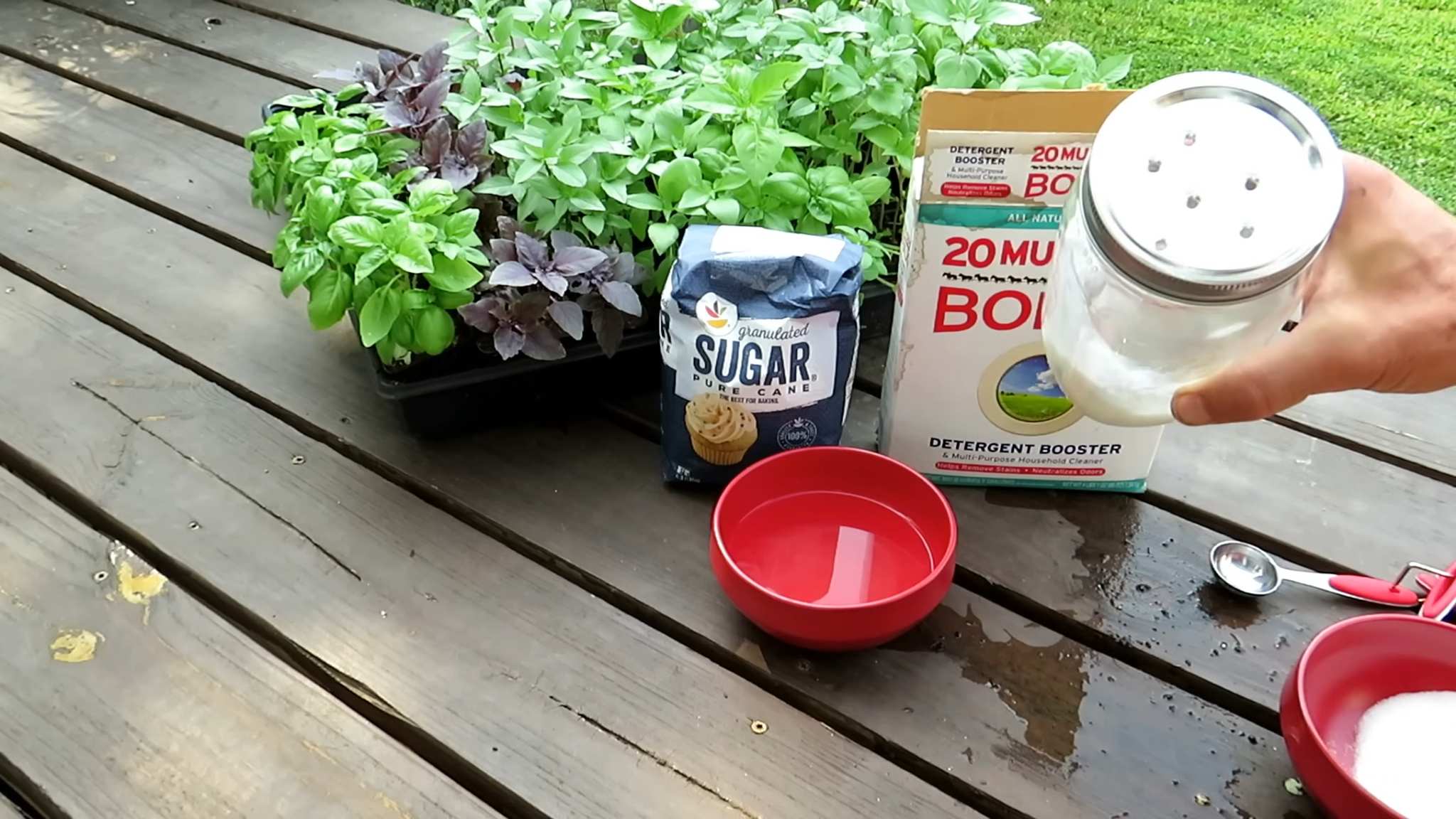
Conclusion
So, there you have it! This simple, effective, and eco-friendly DIY ant killer garden trick is a game-changer for anyone battling these persistent pests. Forget harsh chemicals and expensive store-bought solutions. This method harnesses the power of nature to create a natural barrier, keeping ants away from your precious plants and produce.
Why is this a must-try? Because it’s not just about killing ants; it’s about creating a healthier, more balanced garden ecosystem. By deterring ants naturally, you’re also protecting beneficial insects like bees and ladybugs, which are crucial for pollination and pest control. Plus, you’re avoiding the potential harm that chemical pesticides can inflict on your soil, water, and even your family.
Beyond the Basics: Variations and Enhancements
The beauty of this DIY approach is its adaptability. Feel free to experiment with different herbs and plants known for their ant-repelling properties. Mint, rosemary, lavender, and tansy are all excellent choices. You can even create a mixed herb garden specifically designed to deter ants and other unwanted pests.
Consider planting these herbs in strategic locations around your garden. Place them near vulnerable plants, along pathways where ants frequently travel, or even in pots on your patio or balcony. The key is to create a consistent barrier that ants will avoid.
Another variation is to create a “tea” from these herbs. Steep a handful of chopped herbs in hot water for several hours, then strain the liquid and use it as a natural spray for your plants. This can provide an extra layer of protection, especially during periods of heavy ant activity.
For those dealing with particularly stubborn ant infestations, consider combining this DIY ant killer garden approach with other natural methods, such as diatomaceous earth (food grade) sprinkled around plant bases or citrus peels placed near ant trails. Remember, consistency and persistence are key.
Your Garden, Your Experiment
We encourage you to try this DIY ant killer garden trick and see the difference it makes in your own backyard. It’s a simple, cost-effective, and environmentally friendly way to protect your plants and create a healthier garden ecosystem.
Don’t be afraid to experiment with different herbs and planting arrangements to find what works best for you. Every garden is unique, and what works for one person may not work for another. The most important thing is to observe your garden closely and adjust your approach as needed.
Once you’ve tried this DIY method, we’d love to hear about your experience! Share your tips, tricks, and successes in the comments below. Let’s build a community of gardeners who are committed to using natural and sustainable methods to protect our plants and create thriving ecosystems. Together, we can make a difference, one garden at a time. Let us know if this DIY ant killer garden helped you!
Frequently Asked Questions (FAQ)
What herbs are most effective for repelling ants in a garden?
Several herbs are known for their ant-repelling properties. Mint (especially peppermint and spearmint), rosemary, lavender, tansy, and pennyroyal are all excellent choices. These herbs contain volatile oils that ants find unpleasant, deterring them from entering your garden. Planting a combination of these herbs can create a more effective barrier.
How do I plant these herbs to maximize their ant-repelling effect?
Strategic placement is key. Plant these herbs near vulnerable plants that ants are attracted to, such as those with aphids or sweet nectar. You can also plant them along pathways where ants frequently travel or in pots on your patio or balcony to create a protective barrier. Consider planting them densely to maximize the concentration of their repelling oils.
Will this DIY ant killer garden harm beneficial insects like bees and ladybugs?
No, this method is designed to deter ants without harming beneficial insects. Unlike chemical pesticides, these herbs release natural oils that ants find unpleasant but are generally harmless to other insects. In fact, by reducing ant populations, you may indirectly benefit beneficial insects, as ants sometimes prey on them or disrupt their activities.
How long does it take to see results from this DIY ant killer garden?
The time it takes to see results can vary depending on the severity of the ant infestation and the specific herbs you use. In some cases, you may notice a reduction in ant activity within a few days. However, it may take several weeks to establish a strong enough barrier to completely deter ants. Consistency is key, so continue to maintain your herb garden and monitor ant activity regularly.
Can I use dried herbs instead of fresh herbs for this DIY ant killer garden?
While fresh herbs are generally more effective due to their higher concentration of volatile oils, you can use dried herbs as a supplement. Sprinkle dried herbs around plant bases or create a tea by steeping them in hot water and using the strained liquid as a spray. However, keep in mind that dried herbs may not be as potent as fresh herbs, so you may need to use them more frequently.
What if the ants are still a problem after planting the herbs?
If you’re still experiencing ant problems after planting the herbs, consider supplementing this method with other natural ant control measures. Diatomaceous earth (food grade) can be sprinkled around plant bases to create a physical barrier that ants cannot cross. Citrus peels, especially lemon and orange, can be placed near ant trails to disrupt their scent trails. You can also try creating a stronger herbal tea and spraying it directly on ant trails and nests.
How often should I water the herbs in my DIY ant killer garden?
The watering frequency will depend on the specific herbs you choose and the climate in your area. Generally, most herbs prefer well-drained soil and should be watered when the top inch of soil feels dry to the touch. Avoid overwatering, as this can lead to root rot. Check the specific watering requirements for each herb you plant to ensure they thrive.
Can I use this DIY ant killer garden method indoors?
Yes, you can use this method indoors by planting ant-repelling herbs in pots and placing them near areas where ants are entering your home, such as windowsills and doorways. You can also use the herbal tea spray to deter ants from countertops and other surfaces. However, be sure to choose herbs that are suitable for indoor growing conditions, such as mint and lavender.
Is this DIY ant killer garden safe for pets and children?
Yes, this method is generally safe for pets and children, as it uses natural herbs that are not toxic. However, it’s always a good idea to supervise young children and pets around plants to prevent them from ingesting large quantities of herbs. If you have any concerns, consult with your veterinarian or pediatrician.
How do I maintain my DIY ant killer garden to keep it effective?
Regular maintenance is essential to keep your DIY ant killer garden effective. Prune the herbs regularly to encourage new growth and maintain their shape. Remove any dead or diseased leaves to prevent the spread of pests and diseases. Replenish the soil with compost or other organic matter to provide nutrients for the herbs. And, of course, continue to monitor ant activity and adjust your approach as needed.


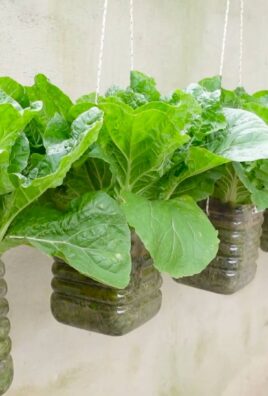
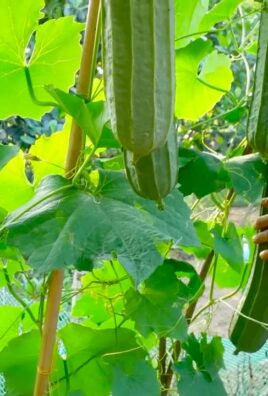
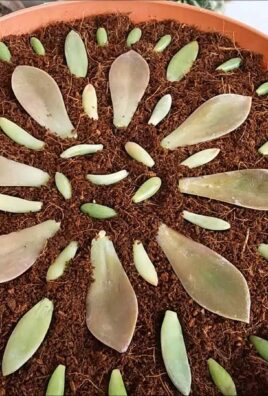
Leave a Comment